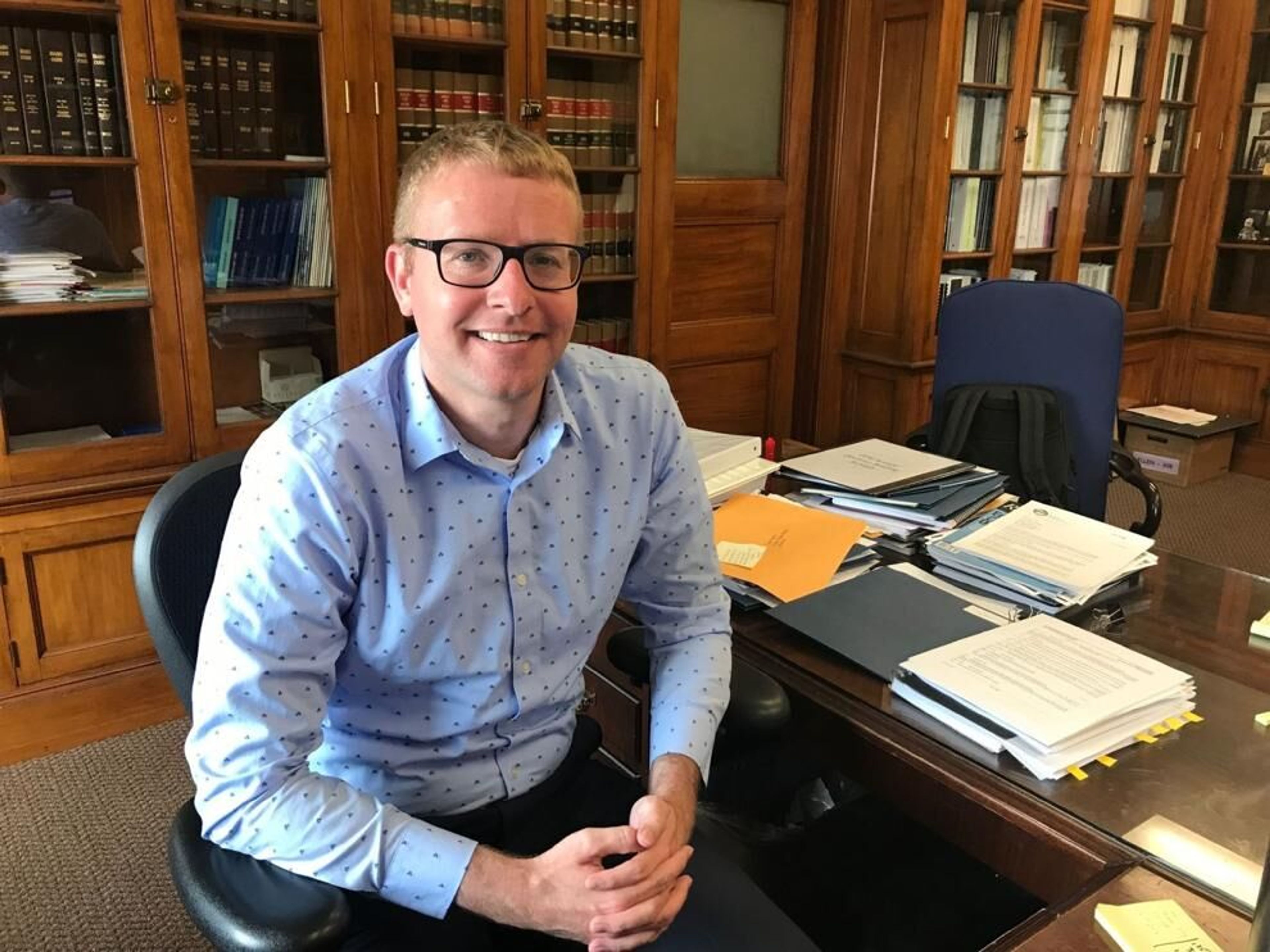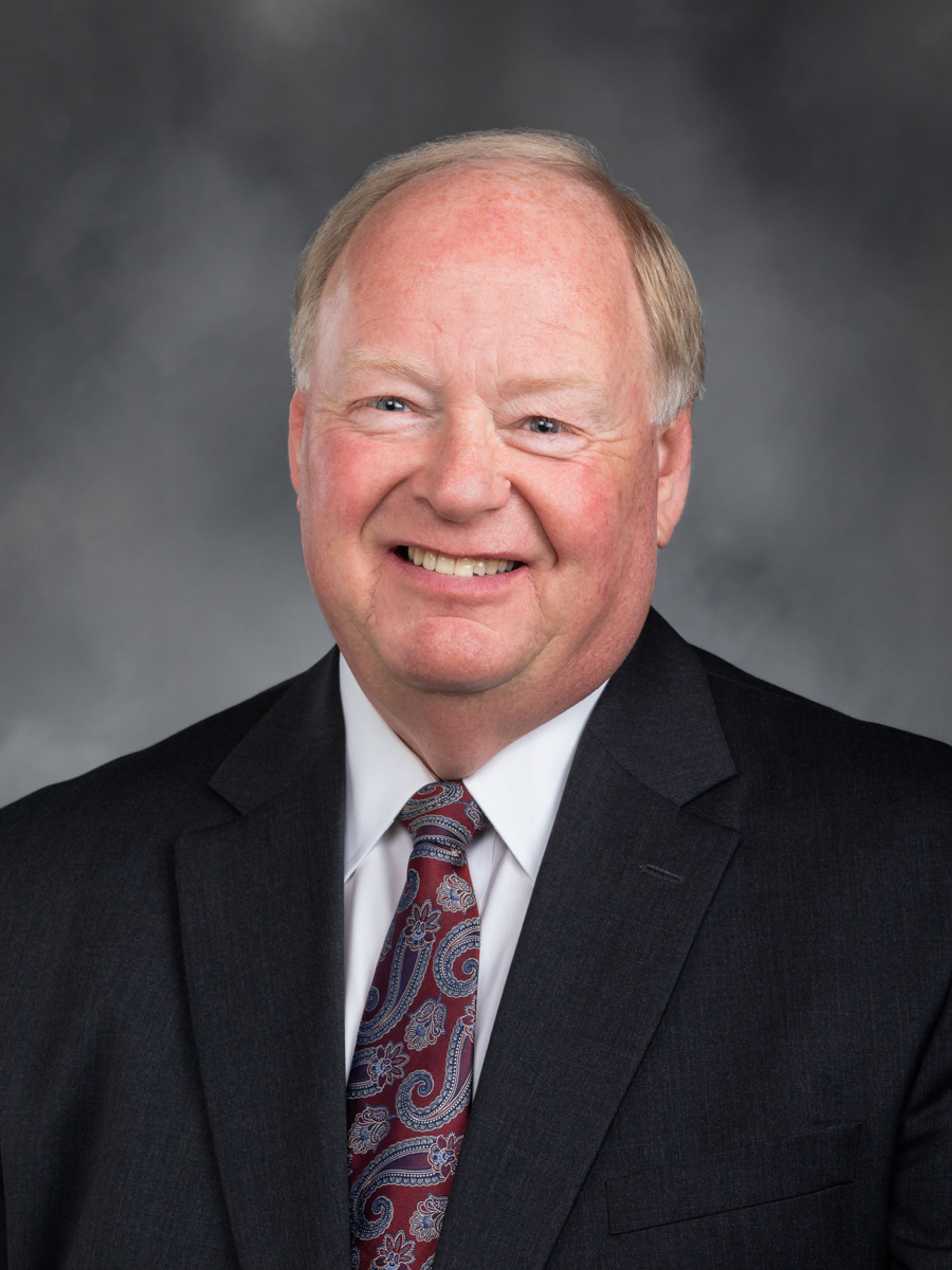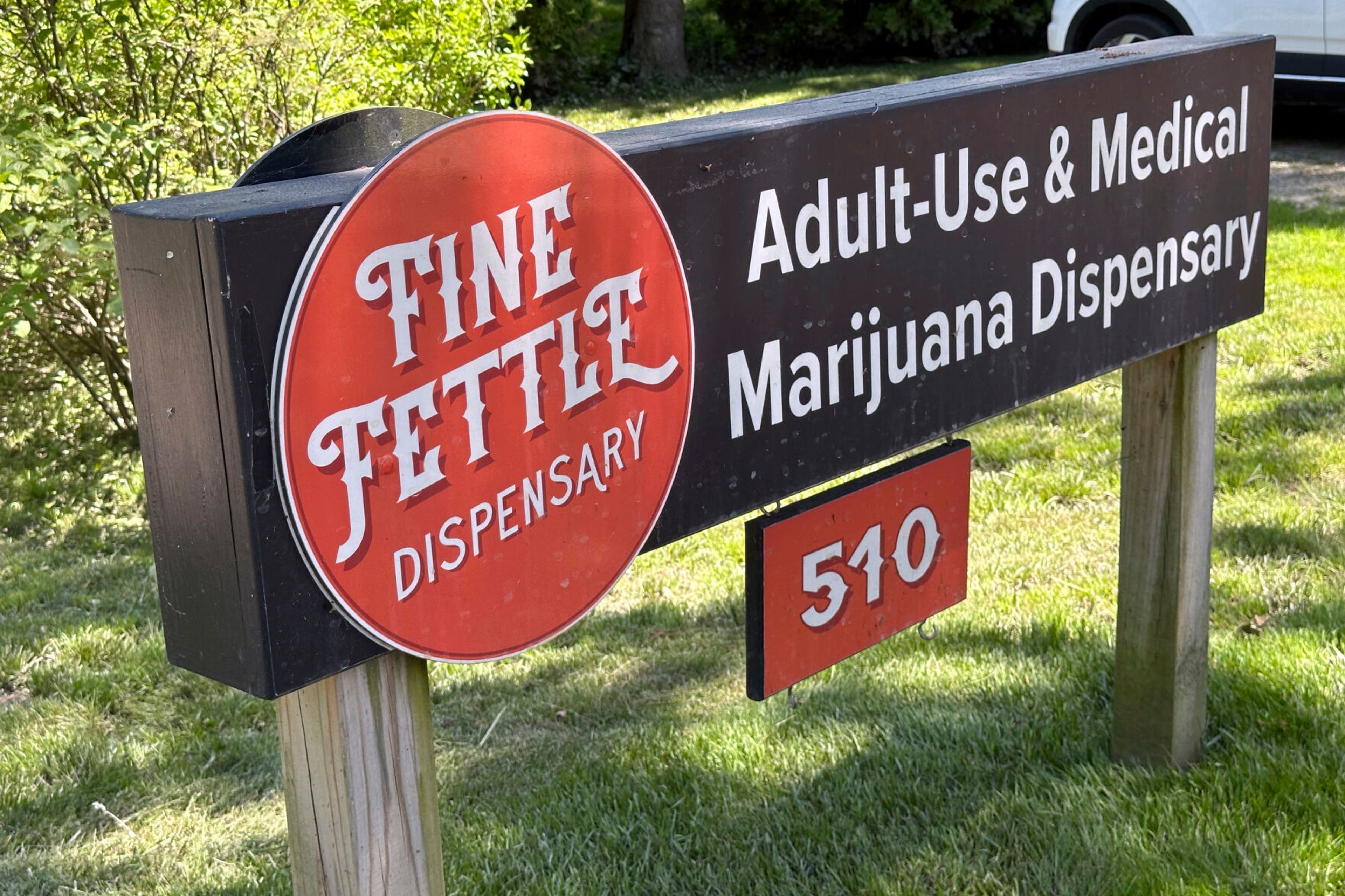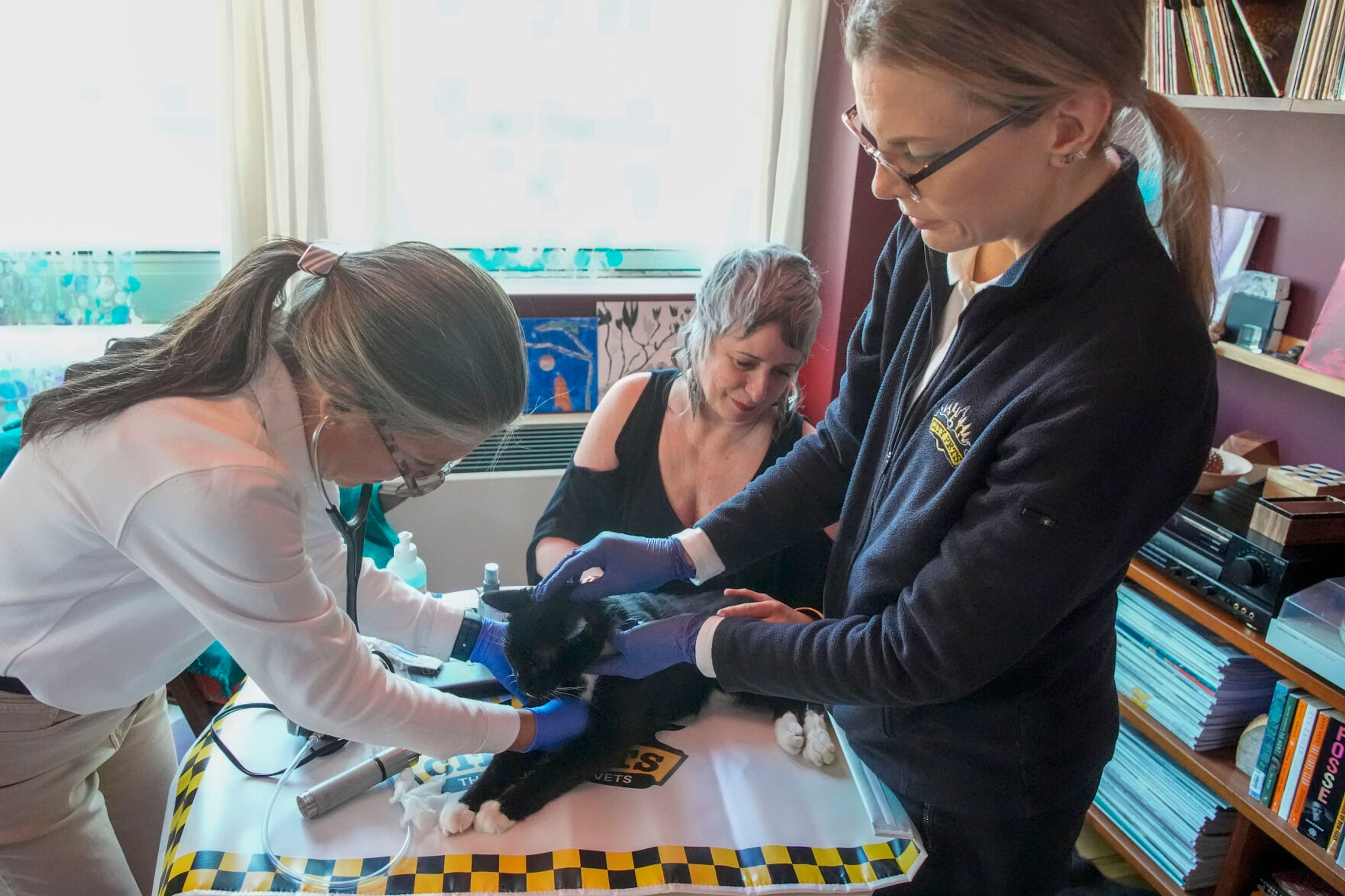The new head of the Idaho Department of Health and Welfare is already making major changes to the department with a “hyper focus” on improving the state’s child welfare system.
Alex Adams, who previously served as the governor’s budget director, officially took his position Wednesday — and on Thursday he presented to the Board of Health and Welfare new proposed rules and his vision for improving the state’s foster care and public adoption system that has long been plagued with issues. He also announced his new leadership team.
“What we are doing is not working,” Adams said of the child welfare system, “and therefore I don’t have a problem shaking up what we are doing.”
Central to his overall goal is improving the ratio of foster families to children in the system.
On his first day, he signed temporary rules that waive every adoption fee and adds to the definition of “kin” foster families who have had a relationship with a child for at least six months.
He also brought rule changes to the board for approval Thursday, including one that would reduce the requirement for initiation of work on an application to become a foster parent from 30 days to one business day. These temporary rules will go into effect July 1.
“The only reason I changed it from 30 days to one day is I didn’t think I could change it from 30 days to 30 seconds,” Adams said. “If somebody is willing to be part of this system, if somebody is willing to open their home to a child ... we will not be the delay. I will not let the department be the delay, we will take action as quickly as possible.”
He also recommended a change that, if there is one thing that needs to be purchased to meet required safety standards — for example a crib, a fire extinguisher or a carbon monoxide monitor — that is holding up an otherwise qualified foster parent from being able to receive a placement, the department will make the purchase.
Adams also presented a repeal of Idaho’s existing rules around foster care and replaced them with a national model that had been developed by advocates in the area and adopted by the Administration for Children and Families under the Trump administration.
The newer model, Adams said, provides more deference on decision-making to the foster parents rather than the department. While it still includes “bread and butter safety requirements,” Adams said, it recognizes “that the foster parents are to be trusted.”
He said he’d met with Idaho stakeholders and they were “willing to make this jump.”
Adams said that the Child Welfare Division of the department is facing a significant budget deficit, around $22 million, and much of that is being driven by congregate care for foster children.
When the department has children with complex needs for whom there’s no immediate placement, the agency has been placing these youth in short-term rentals, such as airbnbs.
The rentals have 24-hour staffing and cost the state around $200,000 a month.
The Legislature this year approved a law to limit the use of this type of care.
One way Adams wants to improve this situation is by working to increase the number of foster care families, he said.
His goal is to improve the ratio of children in the system to foster families to about 1.5 in the next two years — currently the ratio is 0.75.
“I will admit that that is an aggressive goal ... I would rather set an aggressive goal and get mostly there than set a timid goal and meet it,” Adams said.
He said efforts to improve the ratio will include effective prevention in the home in cases where it is safe for the children to stay there. It will also include timely termination of parental rights in situations where that is appropriate, he said.
It also requires improving trust in the department and in the system.
IDAHO’S FOSTER CARE CHALLENGES
Adams’ policy goals and changes were punctuated by the lone public testimony ahead of the meeting.
Jerry Stafford spoke of his family’s experience as foster parents, which was rife with so many problems they decided to leave the system and stop fostering.
He said they fostered very young girls who were later moved around quite a bit. One of them, he said, was placed in a temporary home where her medical needs were not met.
He spoke of one of the girls who was sent to live with her biological father even though he had not been present in her life to that point, and within a month the father was in jail and the girl re-entered the system.
Stafford said voices were not heard when it came to these children, and his story was very similar to those of other foster families.
“The department needs to follow their guidelines, there needs to be oversight and there needs to be accountability,” Stafford said.
He said he was encouraged by another recent legislative effort to create an independent ombudsman office for the foster care system where complaints and investigations can be made outside the department. He encouraged the state not to hire someone from within the department to staff the office.
In February, a number of current and former foster families spoke to the Child Protection Legislative Oversight Committee, and lamented that they were not heard and some were retaliated against when they spoke up about issues within the system and department.
Brian McCauley, who has been pushing for reforms for the past decade, said at the February meeting that there hasn’t been any meaningful progress in those 10 years.
The Office of Performance Evaluations, which is an independent entity that evaluates the effectiveness of state policies and programs, has done several studies on the state’s child welfare system and found many problems.
In 2005, a report found that the department lacked reliable caseload information to determine appropriate staffing levels.
A 2017 report found a worsening shortage of foster parents and large workloads for staff. Another report in 2018 found obstacles to serving children who have been maltreated and involved with juvenile justice.
There have been several policies the Legislature has worked through to try to address the issues, including creating the Legislative Oversight Committee and increasing investments into the division.
Adams said when the Legislature returns next session, he plans to focus his budget requests on the Child Welfare Division to help execute his vision. He anticipates asking for increases to the rates paid by foster families, additional staff to reduce caseload, and improving staff compensation.
STAFF AND ORGANIZATIONAL CHANGES
Adams also announced his leadership team and the structure of his office.
The director’s office will include four deputy directors, while it previously had three. Most of these employees will start Monday.
Monty Prow will become the new deputy director of child, youth and family services. Prow previously served as director of the Department of Juvenile Corrections.
Working under Prow will be Jean Fisher as the administrator of youth safety and permanency. Fisher had served for 33 years in the Ada County Prosecuting Attorney’s Office specializing in crimes against children, domestic violence and sexual assault. Fisher will take the position July 8.
Juliet Charron, who serves as the administrator of the Medicaid Division, will be the new deputy director of Medicaid and behavioral health.
“It was generally my belief that with Medicaid driving the budget, not just for the department but, frankly, for the state, I thought it made sense to have Medicaid report directly to the director,” Adams said.
The state financial officer for the state’s executive branch, Michael Pearson, will become the deputy director of operations. He will oversee the IT and management services offices.
Miren Unsworth, who already serves as a deputy director in the department, will oversee public health and the Division of Welfare, which will be headed by interim administrator Jennifer Palagi.
Adams has also created a new role of chief of legislative and regulatory affairs, which will be held by Jared Larsen starting July 1.
This position will coordinate public policy formation and legislative outreach. Larsen previously was a legal counsel and policy adviser to the governor.
Misty Lawrence, the former budget bureau chief for the Division of Financial Management — where Adams previously served as administrator — will be the the chief financial officer of the department.
Monica Young will be the program manager of communications and customer experience, where she will handle internal and external communications, media relations, customer experience and other issues.
The administrator positions will need to be confirmed by the board.
“It was important to me to have the team around me that I thought could execute and get things done in state government,” Adams said.
Guido covers Idaho politics for the Lewiston Tribune, Moscow-Pullman Daily News and Idaho Press of Nampa. She may be contacted at lguido@idahopress.com and can be found on X @EyeOnBoiseGuido.









